Have you ever wondered if your cat truly feels at home with you? Many cat lovers spend hours deciphering their feline’s every move, hoping to understand what’s going on in their mysterious little minds. The truth is, when a cat feels emotionally secure, they show it in surprisingly clear ways—often more obvious than we think. Spotting these signs can bring joy, pride, and even deepen the special bond you share. Let’s dive into the fascinating world of feline behavior and reveal the telltale signs that your cat feels safe, loved, and totally at ease in your home.
Confident Body Language Around You
When your cat walks tall with their tail held high, it’s like a little victory parade just for you. Confident body language, such as relaxed ears, slow blinks, and an upright tail, signals a cat who feels safe and secure. You might see them stretch out luxuriously in plain view, exposing their belly, which is a huge sign of trust. Cats who are emotionally stable rarely slink or dart from room to room. Instead, they carry themselves like they own the place—and in their minds, they just might! Watch for loose, flowing movements rather than tense or crouched postures. These subtle cues say, “I’m comfortable here, and I trust you.”
Frequent, Contented Purring
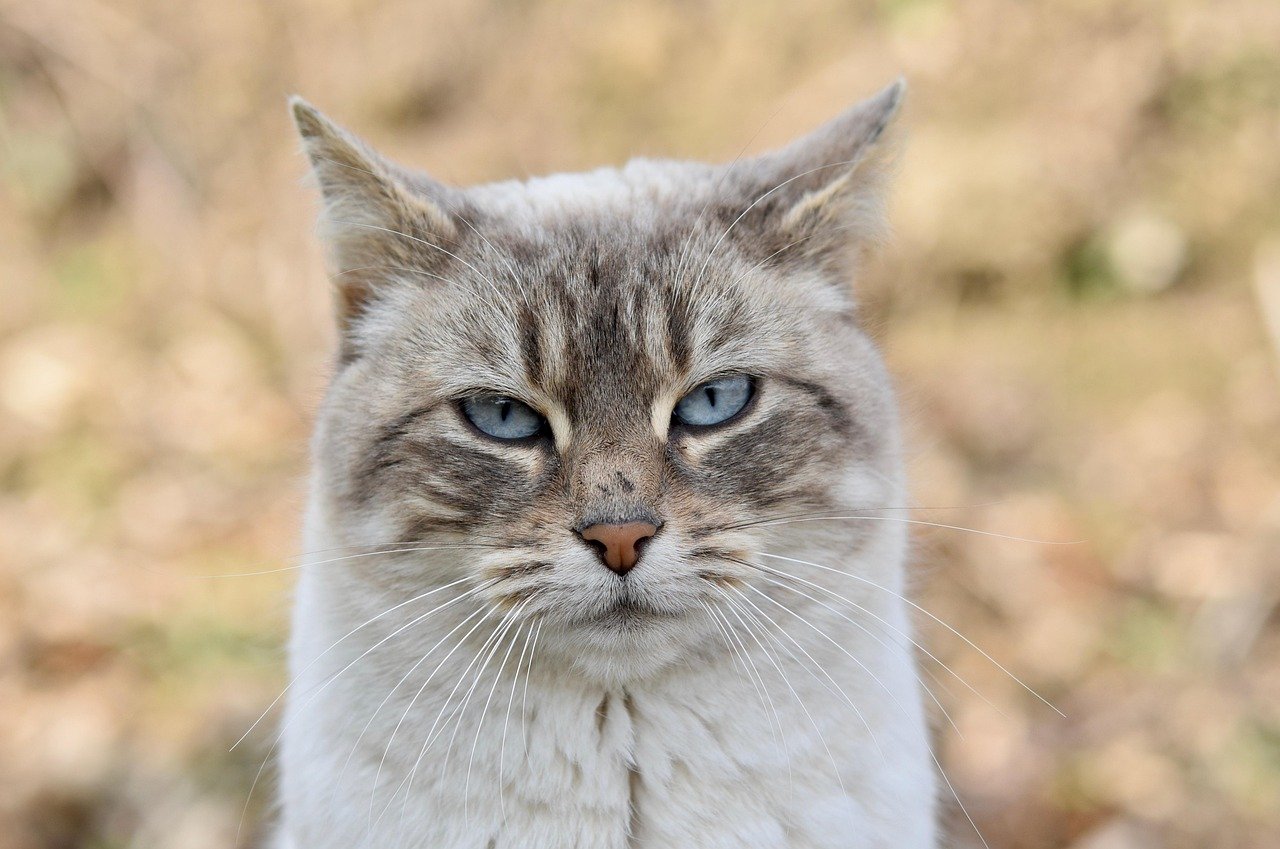
If your cat greets you with a soft rumble of purring, consider it music to your ears—and to your heart. Purring isn’t just for when cats are happy; it often means they feel safe, calm, and content in their environment. A cat who purrs while snuggled on your lap or beside you on the couch is expressing genuine relaxation. You might even notice them purring during playtime or while being gently stroked. On the other hand, a stressed or anxious cat tends to be quiet or may purr in a distressed, irregular way. Consistent, gentle purring is a sign your home is a sanctuary for your furry companion.
Playful and Curious Behavior
An emotionally stable cat is a curious explorer. When your feline friend investigates new items, chases after toys, or invents their own games, it shows they feel both safe and stimulated. Playful antics, like pouncing on shadows or batting at string, are natural outlets for a happy cat. They may even initiate play with you using gentle nips, soft paws, or by bringing you their favorite toy. If your cat’s curiosity leads them to “help” with whatever you’re doing—be it reading, cooking, or working—it means they feel confident enough to insert themselves into your daily life. Curiosity is a hallmark of feline security.
Sleeping Soundly in Open Spaces
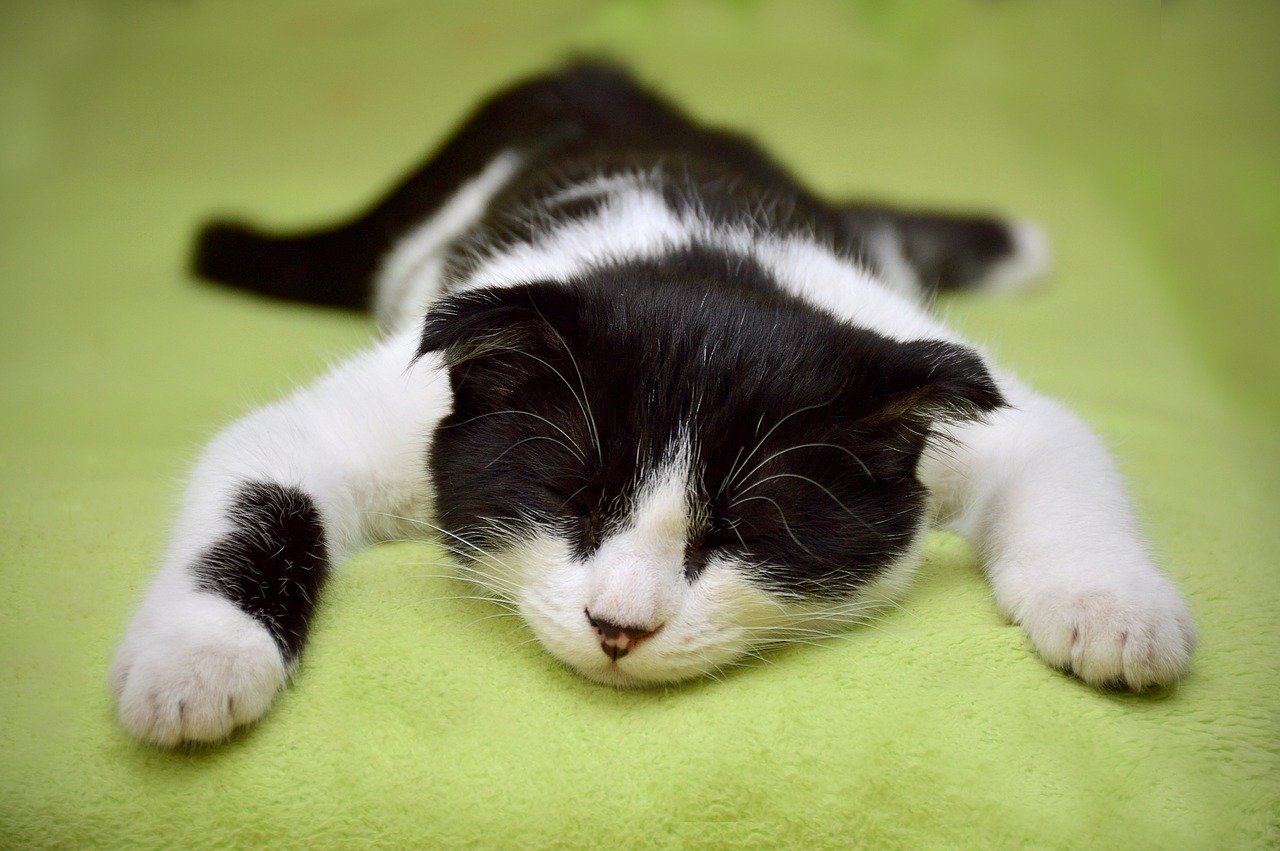
Cats are most vulnerable when they sleep, so their chosen nap spots reveal a lot about their trust in you. If your cat dozes peacefully in open areas like the middle of the couch, your bed, or even the sunny spot in the hallway, it’s a strong sign they feel emotionally safe. You may notice them stretched out with their belly exposed or curled up in a cozy ball, both signs of deep relaxation. Cats who feel insecure, on the other hand, tend to hide or seek high, secluded spots. A cat confident enough to sleep in plain sight is telling you, “I trust my home and everyone in it.”
Grooming Themselves Regularly
A well-groomed cat is often a happy cat. Frequent grooming—licking their fur, washing their face, and even occasionally grooming you or other pets—signals comfort and emotional stability. This self-care routine helps cats feel good physically, but it also has a calming effect on their minds. When cats feel anxious, they might neglect grooming or, conversely, over-groom to the point of bald spots. Balanced, regular grooming shows your cat feels safe enough to maintain their appearance. If your cat occasionally “grooms” you with gentle licks, consider it a compliment—they’re including you in their trusted circle.
Friendly Head Butts and Face Rubbing
Few gestures are as heartwarming as a cat gently bumping their head against you. This affectionate behavior, known as “bunting,” is how cats mark their territory—and you—as safe and loved. By rubbing their face or head against your hand, leg, or face, they’re leaving behind scent markers that signal comfort and ownership. This behavior means your cat feels emotionally secure enough to claim you as part of their world. It’s a powerful, nonverbal way of saying, “You belong to me, and I belong here.” If your cat regularly head butts you, they’re expressing trust and affection in the clearest way possible.
Calm Reactions to Household Noises
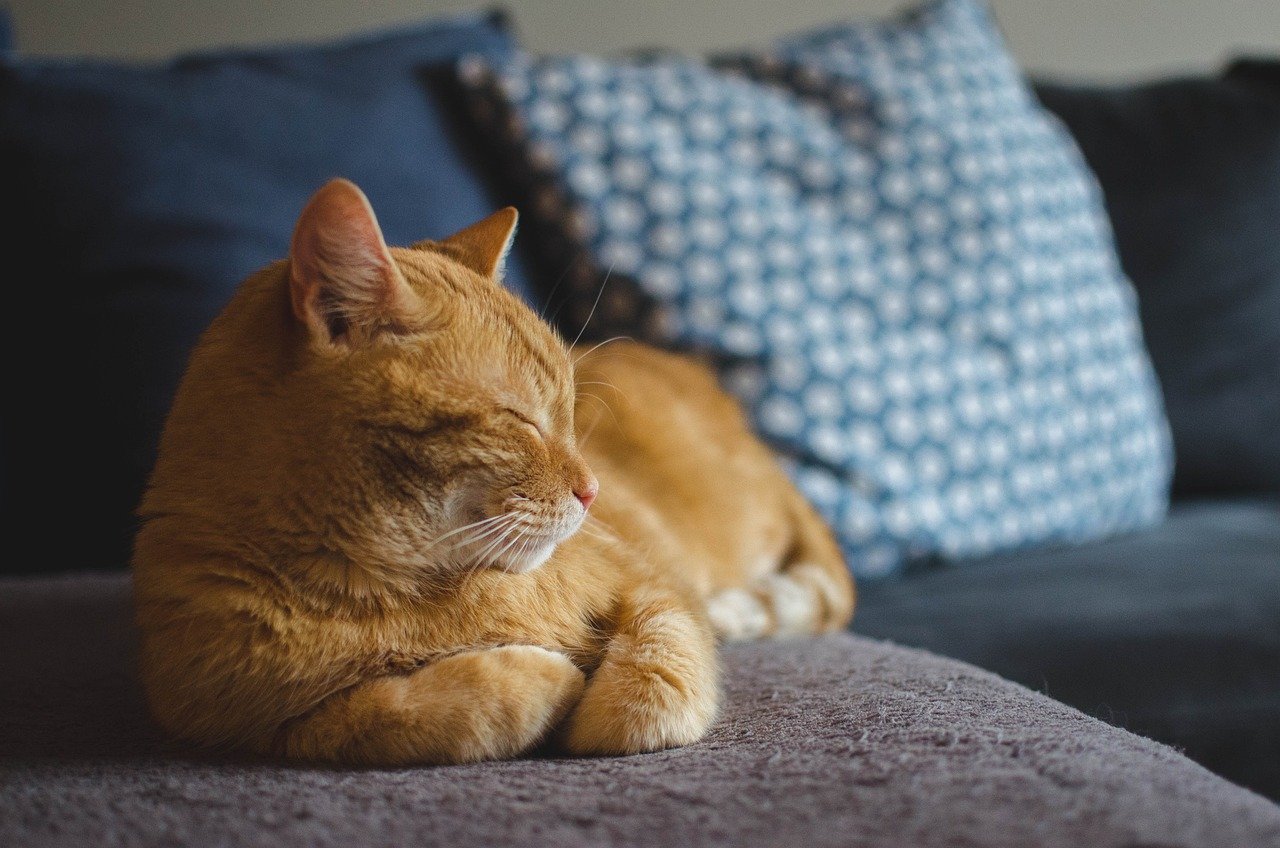
Households are full of odd sounds—doorbells, vacuum cleaners, or even loud laughter. A cat who feels emotionally stable won’t panic at every sudden noise. Instead, they might simply perk up their ears or glance around, then go back to whatever they were doing. This calmness shows they trust that their environment is safe, even when things get a little chaotic. Of course, some cats are naturally more sensitive, but an emotionally stable cat adapts quickly and doesn’t hide at the first sign of commotion. Their cool, collected response is a testament to the secure environment you’ve created.
Seeking Out Your Company
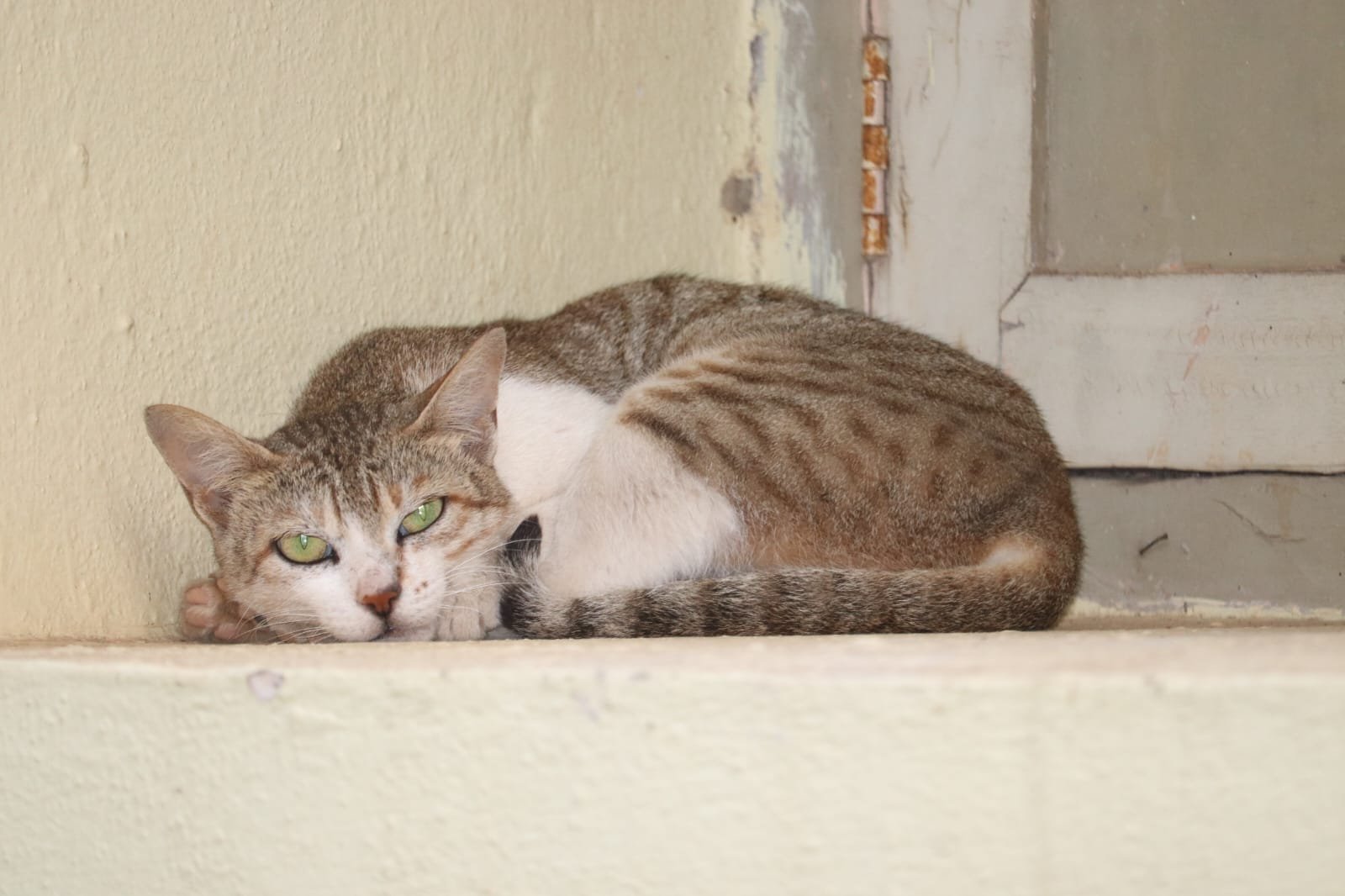
Does your cat follow you from room to room, or settle near you when you’re relaxing? This attachment is a sure sign they feel emotionally stable and connected. Cats who feel secure often crave the presence of their favorite humans, even if it’s just to nap nearby or quietly observe. They may greet you at the door, hop onto your lap, or simply curl up beside your feet. This desire for closeness means your cat sees you as a source of safety and comfort. Their gentle companionship is one of the most rewarding signs of a happy, emotionally balanced feline.
Eating and Drinking Normally
A cat’s appetite is directly linked to their emotional state. Cats who feel secure in their homes eat and drink regularly, showing interest in mealtimes and treats. They may even develop playful rituals around feeding, such as “talking” to you or performing a little dance when it’s time to eat. On the flip side, stressed or anxious cats often lose their appetite or develop erratic eating habits. Steady, healthy eating patterns reveal a cat who feels safe, comfortable, and cared for. If your kitty greets you at the food bowl with enthusiasm, it’s a sure sign of emotional stability.
Healthy Use of the Litter Box
A cat’s bathroom habits are more revealing than you might think. Cats who feel emotionally stable use their litter box consistently and without drama. They don’t spray, mark, or go outside the box unless there’s a medical issue or a sudden change in their environment. A cat who feels safe and secure in their home maintains these routines because they trust their space. If your feline is relaxed about their bathroom habits and doesn’t hide or act nervous after using the box, it’s a clear indicator they feel emotionally grounded.
Gentle Vocalizations and Communication
Cats have a rich vocabulary, from soft chirps to meows and trills. An emotionally secure cat communicates openly with their family, using gentle, expressive sounds. They may greet you with a quiet meow, “talk” during grooming sessions, or trill when excited. These sounds are their way of expressing emotions and seeking interaction. Loud, distressed yowling or total silence can signal stress or discomfort, so a balanced mix of gentle vocalizations is a sign your cat feels at ease. If your cat “chats” with you in a calm, friendly tone, they’re sharing their happiness and security.
Relaxed Interaction with Other Pets
If you have multiple pets, a cat’s comfort level with their animal companions speaks volumes about their emotional stability. A confident cat will engage in gentle play, mutual grooming, or simply coexist peacefully with other pets. They don’t view housemates as threats but as part of the family. Even if your cat prefers solitude, they will be relaxed and non-aggressive around other animals when they feel secure. Tense standoffs, hissing, or constant hiding suggest emotional unrest, while relaxed interactions are clear signs of a happy, stable cat.
Minimal Destructive Behavior
Cats who feel emotionally secure rarely resort to destructive behaviors, such as scratching furniture, knocking things over, or chewing on cords. These actions usually stem from boredom, stress, or anxiety. A stable, content cat finds healthy ways to express their energy—like using scratching posts, playing with toys, or simply lounging around. If your cat’s “mischief” is limited to playful antics rather than full-scale destruction, it’s a sign they feel mentally and emotionally balanced. Their calm demeanor reflects the peace they feel within your home.
Willingness to Be Handled and Cuddled
A cat that welcomes gentle touch, petting, or even being picked up is showing deep trust. While not every cat is a lap cat, those who feel secure are less likely to recoil from human hands. They might nuzzle into your touch, purr contentedly, or even sleep in your arms. If your cat allows you to trim their claws, brush their fur, or give them a little belly rub, it’s a strong sign of emotional stability. Their relaxed response to handling means they feel safe and loved in your care.
Exploring the House Without Hesitation
Emotionally stable cats treat every room in your house as their personal kingdom. They move freely from the bedroom to the kitchen, investigate closets, and perch on windowsills with ease. Cats who hide or limit themselves to one area may be feeling anxious or unsettled. Confident exploration shows your cat feels ownership over their environment and trusts it completely. If you find your cat in unexpected places—like the laundry basket or a bookshelf—it’s a good sign they’re comfortable and emotionally secure in your home.
Quick Recovery from Startles
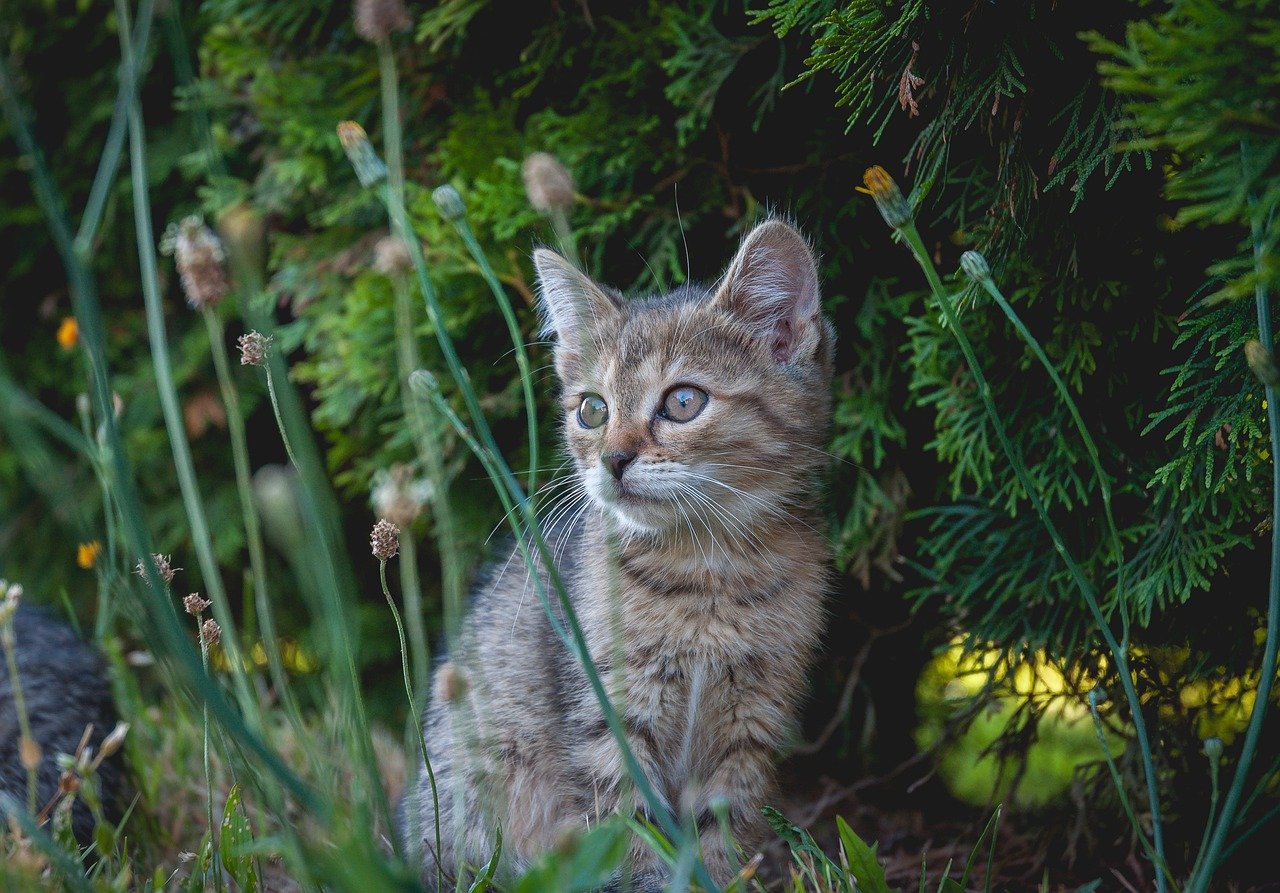
Even the calmest cats can be startled by a sudden noise or movement. The difference lies in how quickly they recover. An emotionally stable cat might jump or freeze for a moment, but they soon settle back down, reassured by the familiarity of their surroundings. Cats who remain skittish or hide for long periods after being startled may feel insecure. Quick recovery shows confidence in their environment and trust in the people who share it with them.
Marking Territory Through Scent, Not Spraying
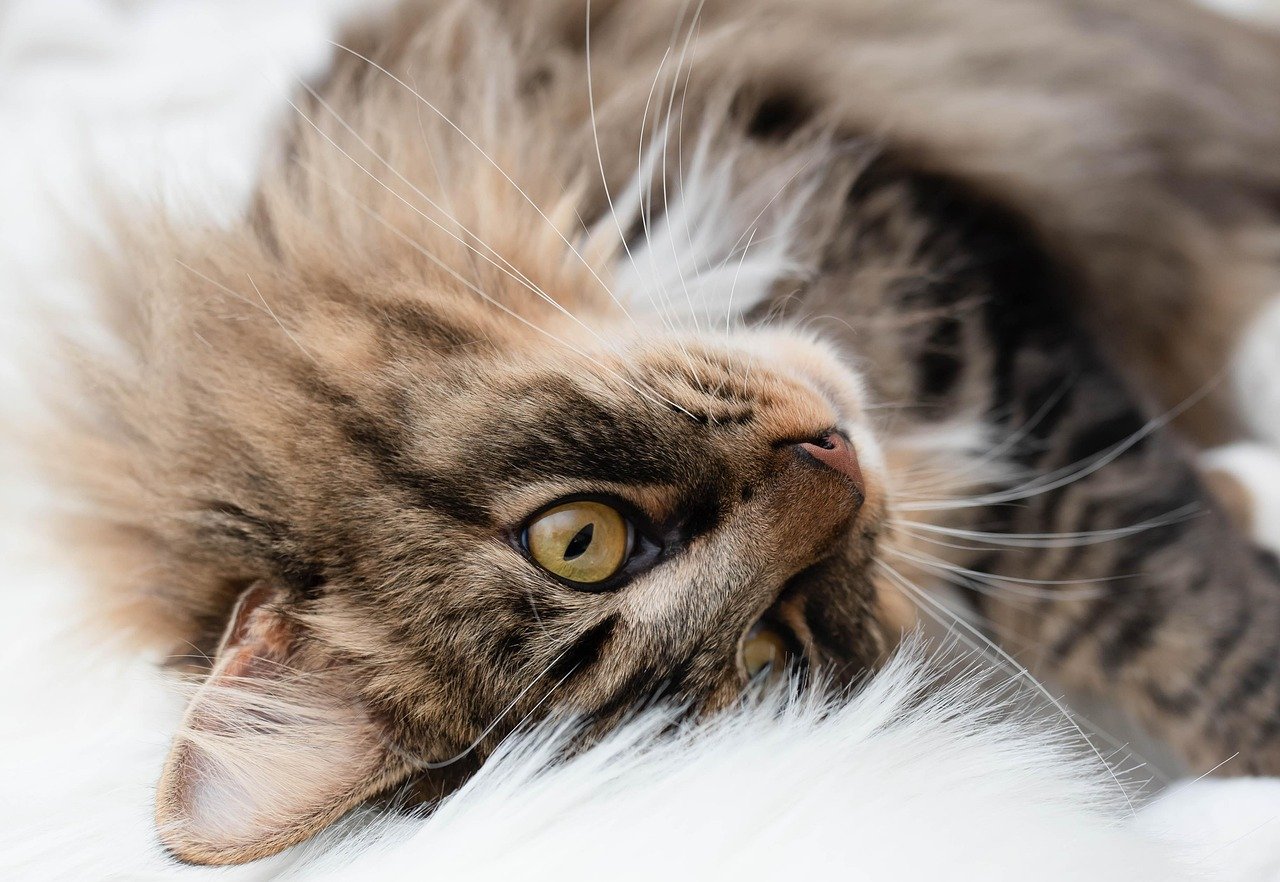
Cats communicate comfort by marking their territory with scent glands located on their cheeks, paws, and even their tail. If your cat rubs against furniture, doorways, or you, they’re spreading their scent and reinforcing their sense of belonging. This is a positive sign of emotional stability, very different from stress-related spraying or urine marking. Cats who are content and secure will use these subtle scent-marking behaviors to create a comforting, familiar atmosphere in their home.
Responding Positively to Routine
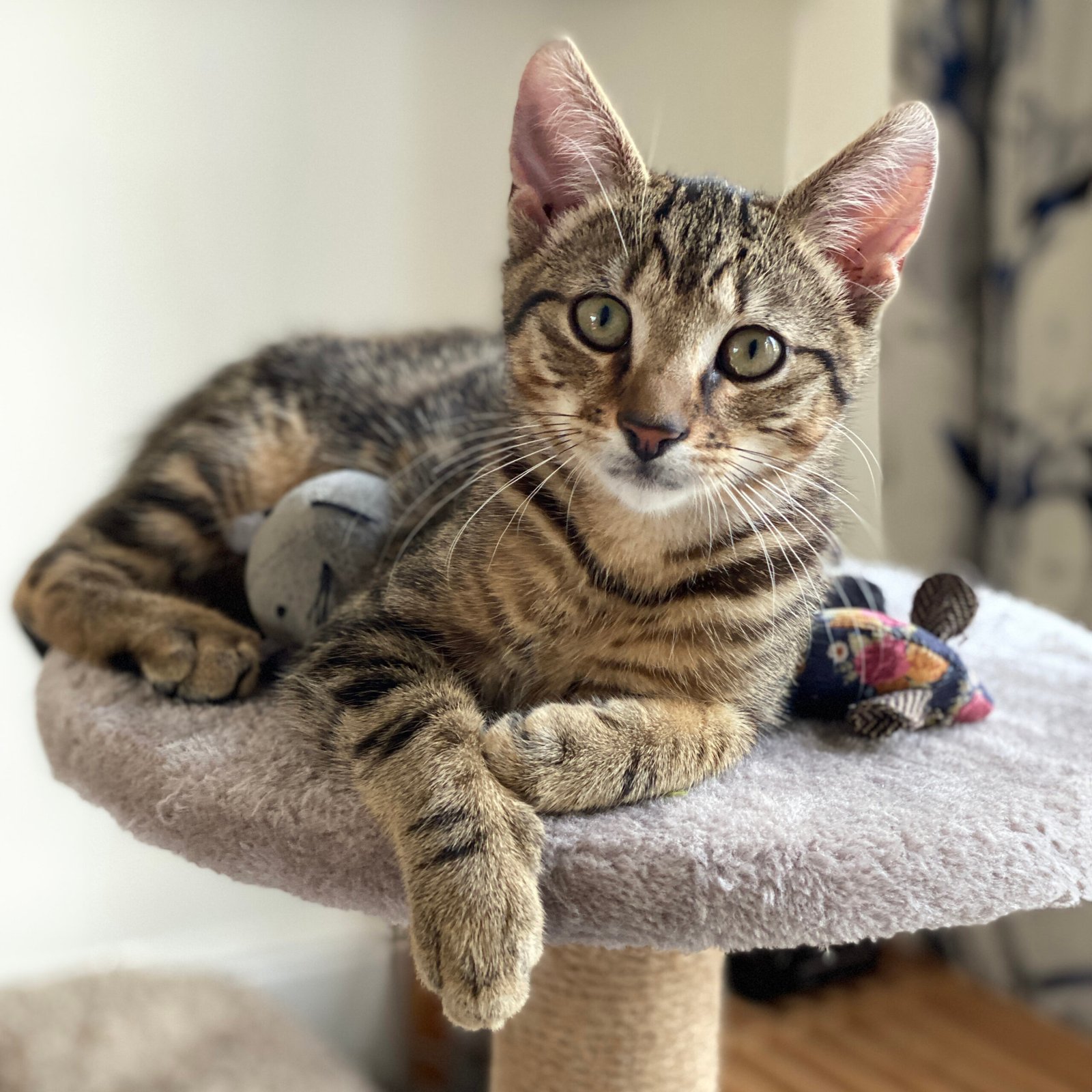
Cats love routine, and emotionally stable cats thrive on it. They learn your schedule, anticipate mealtimes, and may even join you for bedtime rituals. A cat who comes running for breakfast, waits by the door when you get home, or settles in for an evening cuddle is responding to the comfort of predictability. Disrupted routines can unsettle even the happiest cat, but a stable feline will quickly adapt as long as the core elements of their day remain consistent. Their attachment to routine is a sign they feel secure and in control of their world.
Offering Their Belly in Trust
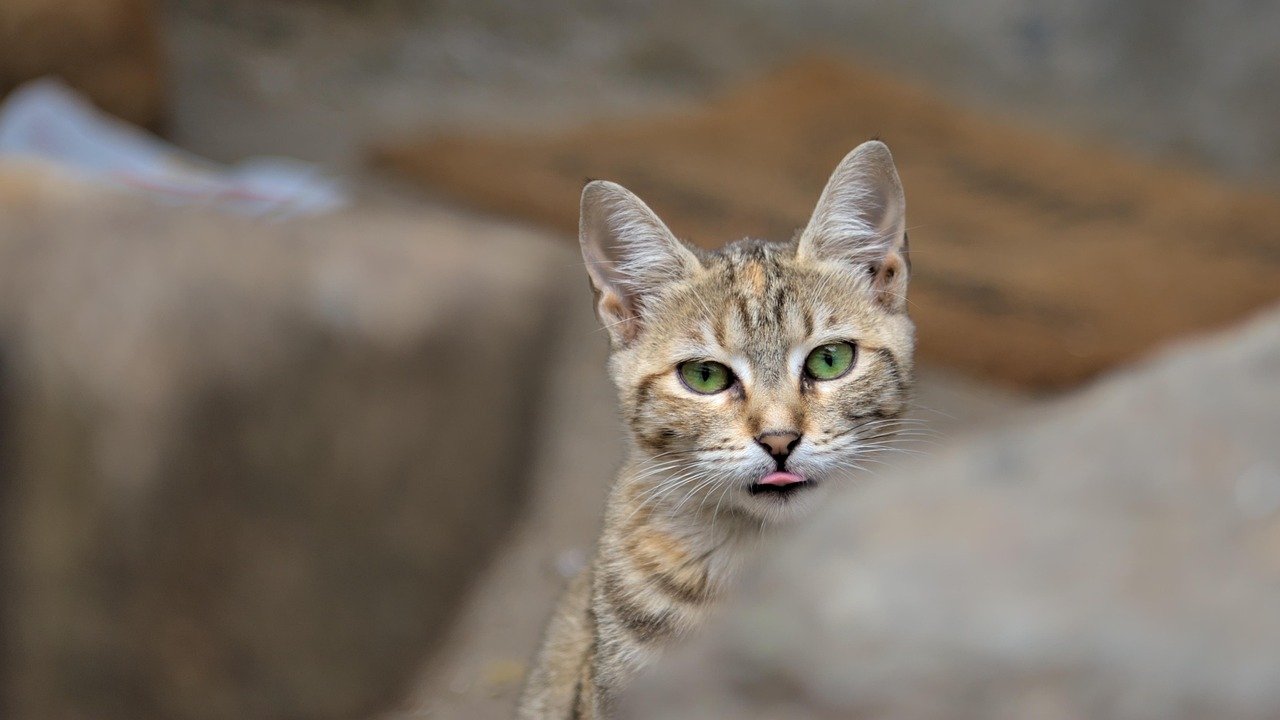
When a cat rolls over and exposes their belly, it’s an incredible gesture of trust. The belly is the most vulnerable part of a cat’s body, and only an emotionally stable feline will show it off. Some cats may even invite gentle belly rubs, though others simply want to relax in this exposed position. Either way, this display signals deep comfort and faith in their environment. If your cat sprawls out on their back in your presence, you’ve earned their ultimate mark of trust.
Greeting You with Enthusiasm
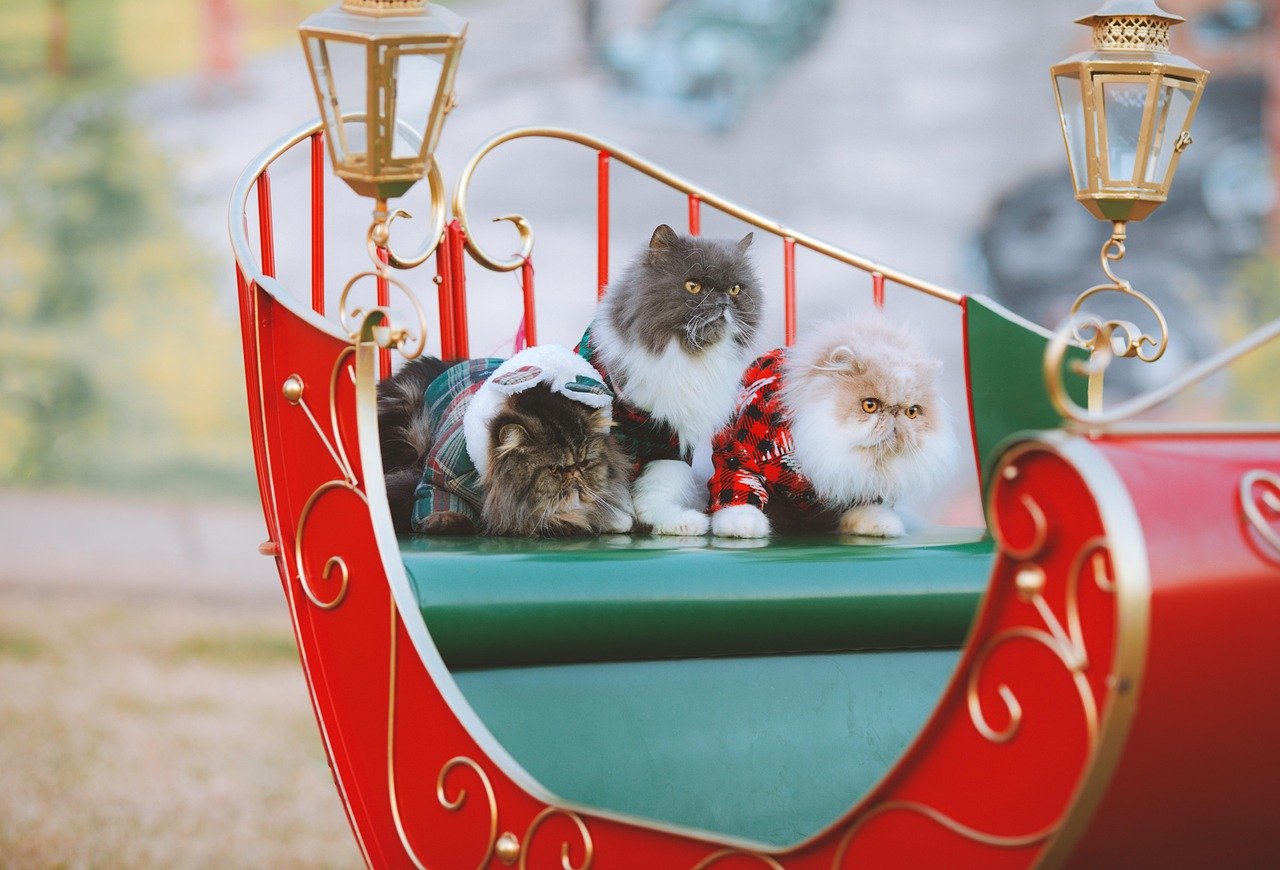
A happy, emotionally stable cat greets you with enthusiasm, whether you’ve been gone for five minutes or five hours. They may run to the door, meow in welcome, or weave around your legs. Some cats show excitement with an upright, quivering tail, or by bringing you a “gift”—like a toy or, occasionally, something less pleasant. These greetings are heartfelt and show your cat truly enjoys your company. Their excitement to see you is the final, heartwarming sign your cat feels completely stable and happy in your home.
Hi, I’m Bola, a passionate writer and creative strategist with a knack for crafting compelling content that educates, inspires, and connects. Over the years, I’ve honed my skills across various writing fields, including content creation, copywriting, online course development, and video scriptwriting.
When I’m not at my desk, you’ll find me exploring new ideas, reading books, or brainstorming creative ways to solve challenges. I believe that words have the power to transform, and I’m here to help you leverage that power for success.
Thanks for stopping by, Keep coming to this website to checkout new articles form me. You’d always love it!






